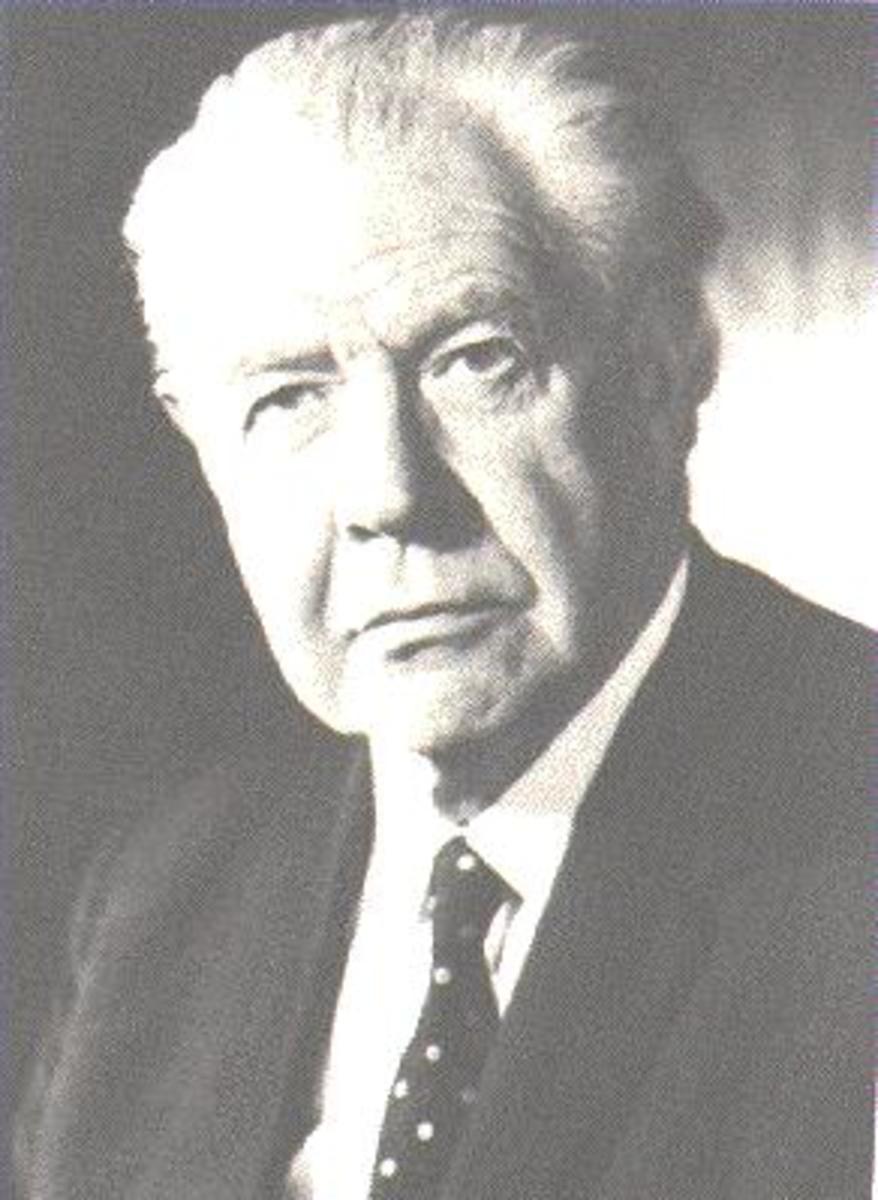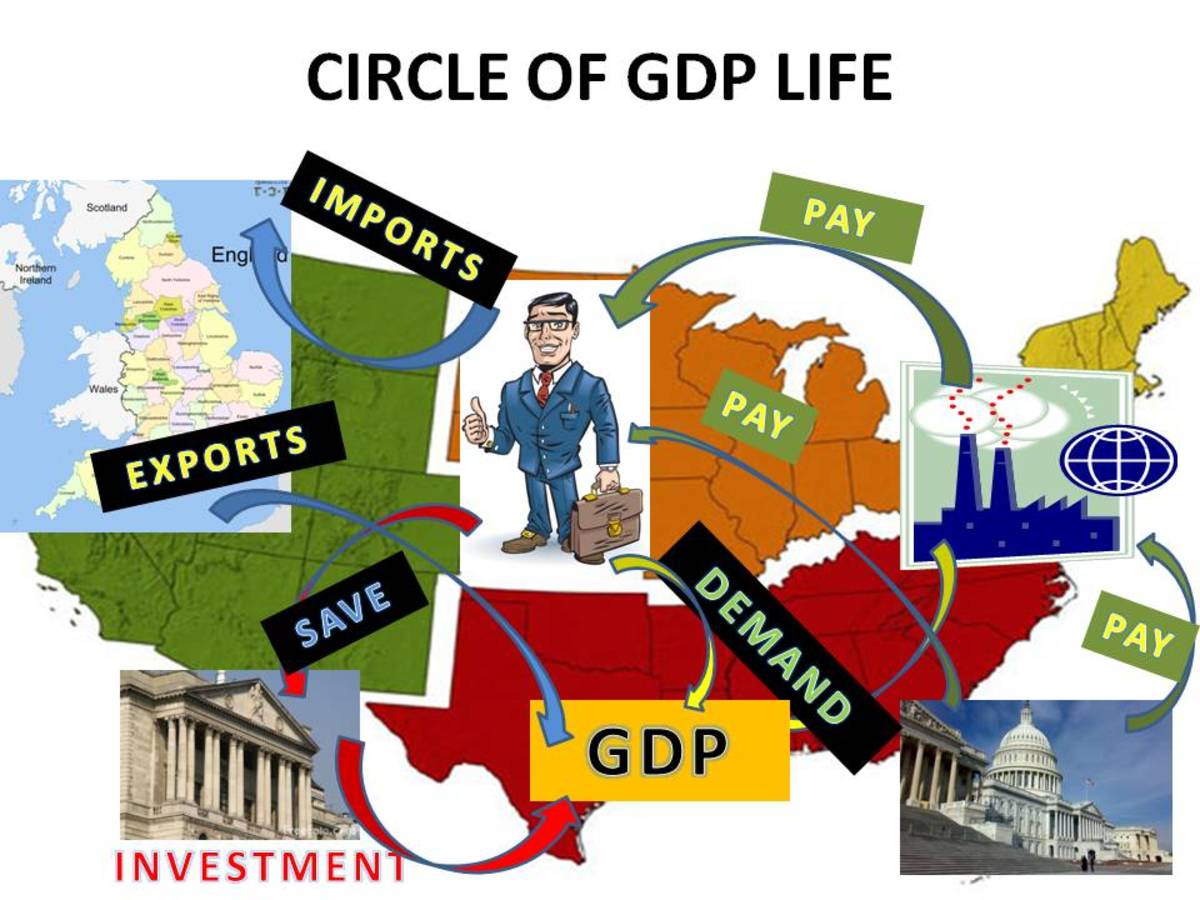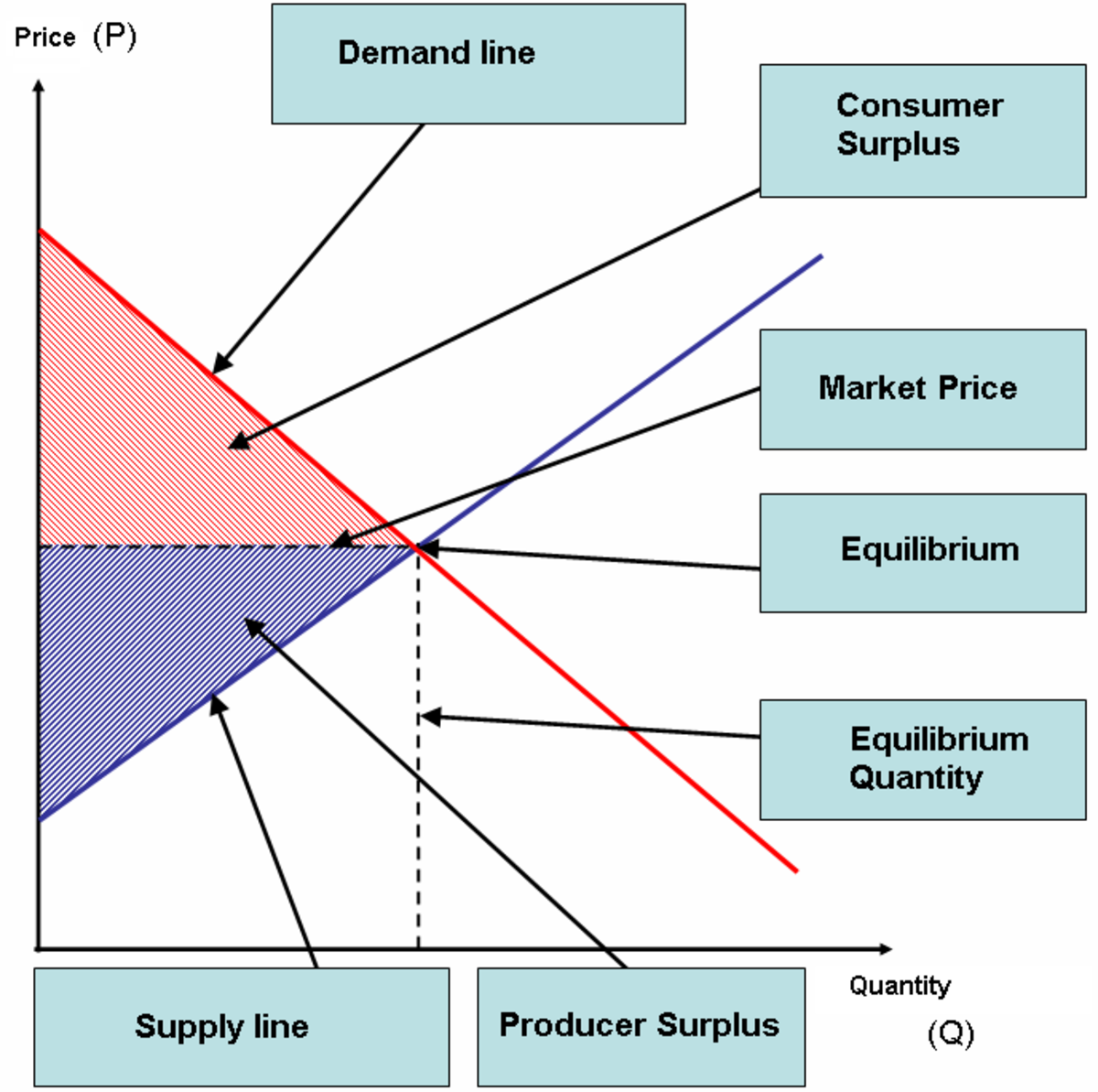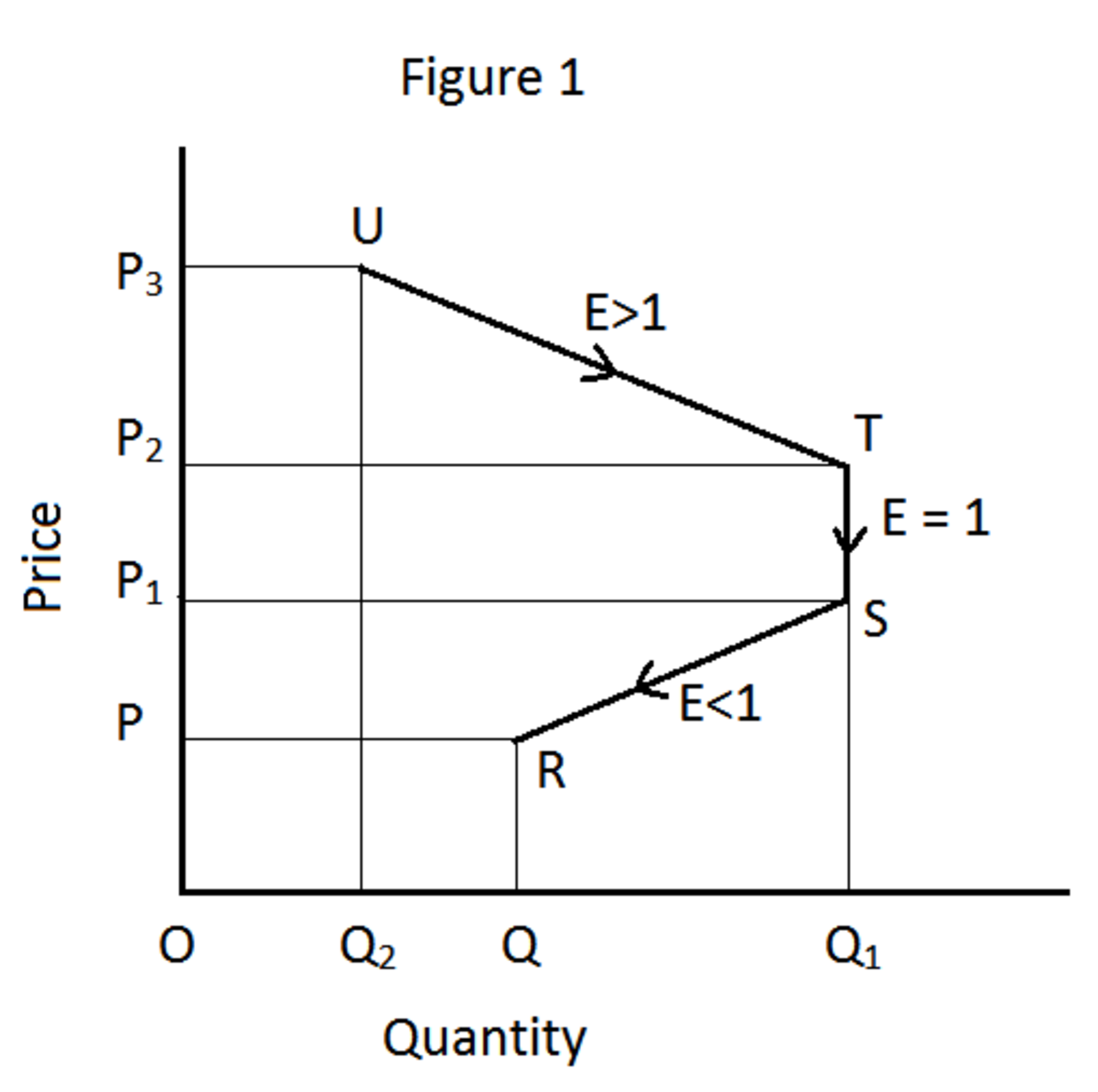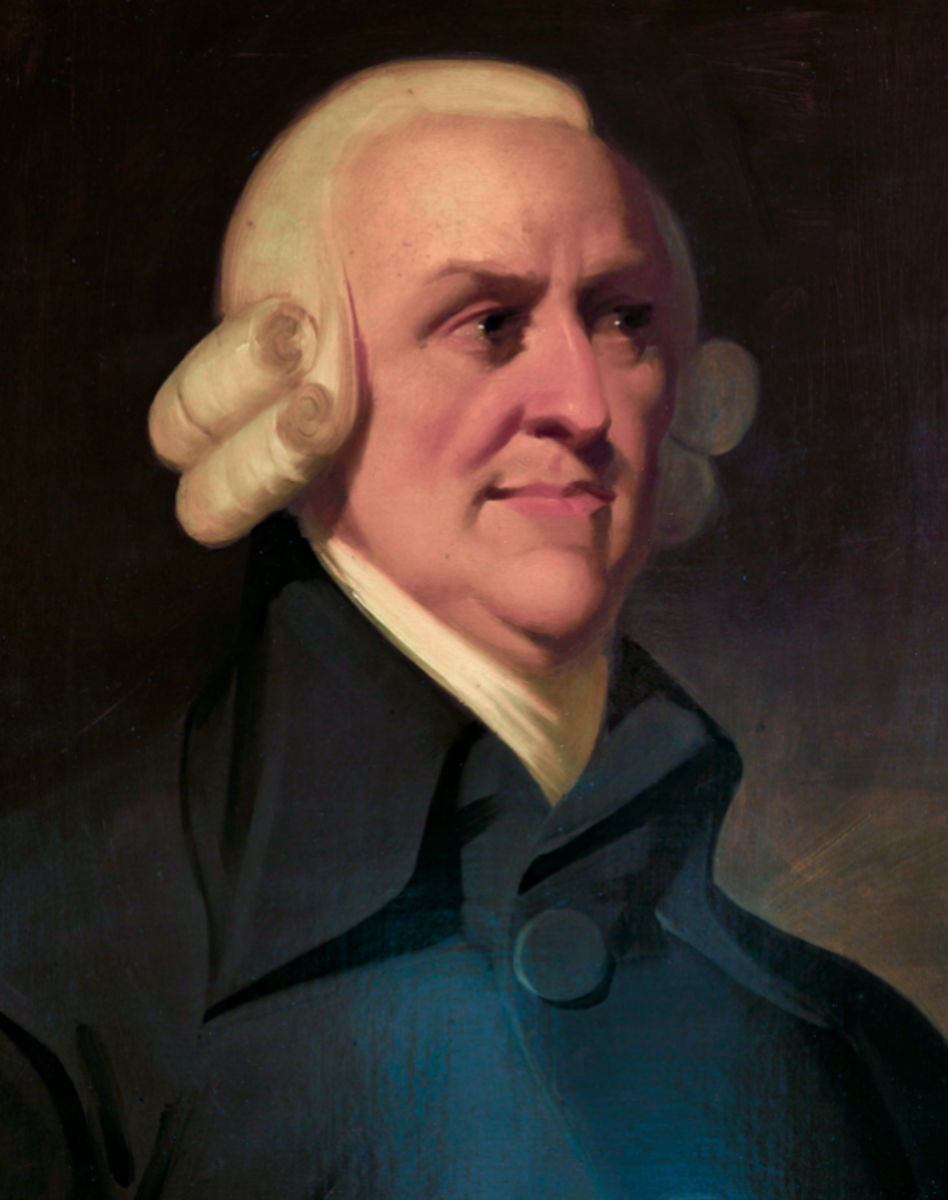Ideology and Contributions of J.S. Mill in Economics
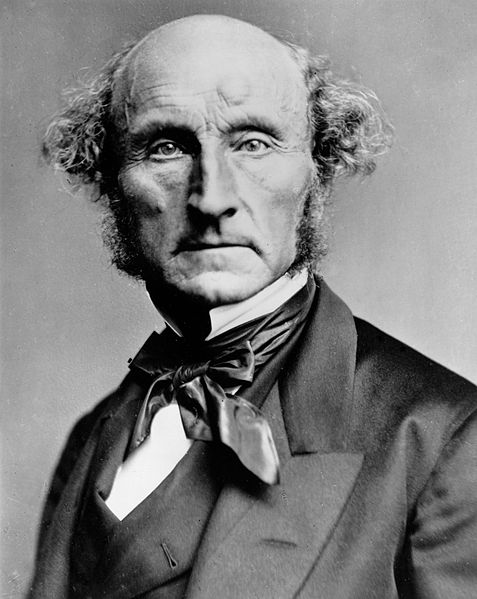
John Stuart Mill was a greatest and a last economist belonged to the classical economic thought. He had showed his fame in different fields like languages, mathematics, politics etc. He was also a great social reformer of that time. He served as a parliamentarian during 1858-68. His father James Mill was also an economist. The classical school of economic thought came in to its end almost by the name of J.S Mill. His base for developing economic ideas was the influence of Adam Smith and Ricardo. He popularized doctrines of classical economics. Along with that, JS Mill developed some ideas and contributed much to economics. His major works includes in many disciplines as mentioned below.
i) System of Logic (1843)
ii) Essays on Some Unsettled Questions of Political Economy (1844)
iii) Principles of Political Economy (1848)
iv) On Liberty (1853)
v) Subjection of Women (1864)
J.S Mill was one of the greatest and the final classical economist, who tried to popularise economic ideas of classicals and along with that he contributed hisown ideas to economics
Main Ideas of J.S Mill
J.S Mill was an analytical economist, who believed in most of the classical economists’ doctrines like principle of utility of Jeremy Bentham, laissez-faire, free competition, rent theory of Ricardo, Population theory of Malthus. At the same time, he modified some of the concepts of classical economists. Five main areas of his writings include production, distribution, exchange, influence of government and influence of social progress on production and distribution. Following words provided a brief note on main ideas of J.S Mill.
i) Free Competition
J.S Mill believed in laissez-faire system. Because of that the classical economists gave more importance on individual freedom. Each person is doing their economic actions by influencing their own interests. So he supported free competition and was against restrictions from the part of government.
ii) On Value
J.S Mill’s value concept was almost similar to the idea of Ricardo. According to him value of a commodity is determined by the value in use and the value in exchange. Further, he also highlights the influence of quantity of labor involved for the production in the value determination. In the case of certain commodities, which cannot increase in supply like old coins, art works etc, the value will be determined by the force of demand and supply. It will be based on automatic adjustment in price.
iii) Rent
J.S Mill’s idea on rent is connected to Ricardo’s theory of rent. That is rent is the differentiated surplus which is depending on the fertility of the soil. Rent will be higher in high fertile land. He also says that, rent arose as monopoly reward to landlords as mentioned by Adam Smith.
iv) Harmony of Interest
J.S Mill believed in the same concept of self love developed by Adam Smith and hedonistic based utilitarianism concept of Jeremy Bentham. Each and every person of the society will wanted to get maximum benefits from their own economic actions. And the social harmony will come in to existence by aggregating each individual happiness.
v) Profit
J.S Mill believed that profit as the reward for risk for the entrepreneur. Profit will be that amount after paying wages. So, there exists an inverse relationship between profit and wages. Profit will be higher when wage is lesser and profit will be lesser when wage is higher.
vi) Wages
J.S Mill believed that, wage rate will be determined by demand and supply. Demand for labor is the factor come from the part of producer and it will depend on the quantity of wage-fund available in the hands of producers. On the other side supply for labor is depending on the size of population. In short, Mill says that wage will be determined by the forces of demand and supply. He used the wage-fund principle to explain wage determination in his own words.
vii) Population
Mill’s view on population is connected to the Malthusian theory of population. That is he was against growth in population. He focused on the possibility of over population. Later Malthusian theory of population criticized at large. Because some of the criticizers say that, there is no need to bother about over population. Because a new birth means not only a single mouth but also two hands. But Mill challenged this criticism by saying that, new hands will never produce more than the old ones.
viii) International Trade
Mill’s view on international trade is almost similar to the Ricardo’s view of international trade. He believed that international trade is possible through the theory of comparative cost of Ricardo. And he is not focusing on absolute cost theory of Adam Smith. Further he also mentioned the equilibrium condition of two countries in international trade. To him the equilibrium condition will be at a point where the exports of a country equal to the imports.



